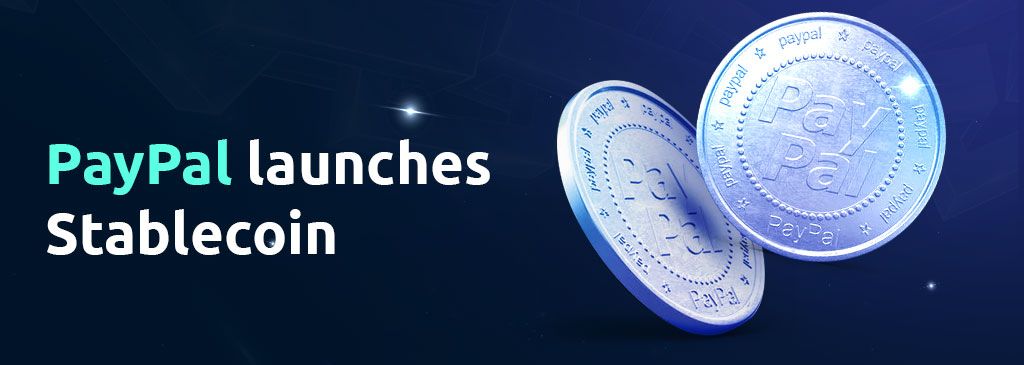
Introduction: PayPal’s new Stablecoin
PayPal, a prominent online payment platform, has unveiled its very own U.S. dollar-anchored stablecoin, setting a precedent as the leading U.S. financial entity to do so. Unlike traditional cryptocurrencies whose value fluctuates based on current market demand, stablecoins have a more stable valuation. This is because their worth is commonly pegged to tangible assets like gold or fiat currencies, such as the U.S. dollar.
What's more, every PayPal USD is interchangeable with an actual U.S. dollar at a 1:1 ratio. This means you can exchange one PYUSD for one U.S. dollar and the other way around.
Operational on the Ethereum blockchain, PYUSD is brought to life by Paxos Trust Company. This fintech firm is known for its expertise in the blockchain realm and its array of crypto-related services.
This move isn’t PayPal’s initial venture into the world of cryptocurrencies. Just a year ago, they paved the way for users to engage in transactions using renowned digital currencies, with bitcoin and ether being notable mentions.
What is a Stablecoin?
Stablecoins are a specific category of cryptocurrencies designed to maintain a stable value, as opposed to the significant volatility seen in the likes of Bitcoin and Ethereum. This stability is generally achieved by pegging the stablecoin's value to a reserve of assets, which can be fiat currency, commodities, or even other cryptocurrencies.
Mechanisms of Stability
- Fiat-collateralized Stablecoins:
The most common type, these stablecoins are backed one-to-one with a reserve of traditional currency, such as the US Dollar or the Euro. For every stablecoin issued, there's an equivalent amount of fiat held in a bank account or by a trusted custodian. Tether (USDT) and USD Coin (USDC) are popular examples. Their stability relies on users' trust that they can redeem the coin for its fiat counterpart at any time.
- Crypto-collateralized Stablecoins:
These are backed by a reserve of other cryptocurrencies, like Ether. Due to the volatile nature of cryptocurrencies, mechanisms involving smart contracts on platforms like Ethereum ensure that the peg remains stable. These contracts automatically adjust the collateral, often requiring users to be over-collateralized, meaning that the value of the cryptocurrency held as collateral exceeds the value of the stablecoins issued. DAI is a well-known crypto-collateralized stablecoin.
- Algorithmic Stablecoins:
These aren't backed by any collateral. Instead, they use algorithms and smart contracts to automatically increase or decrease the supply of the stablecoin in response to demand changes, aiming to keep the price stable. While innovative, this approach can be more complex and is still in its experimental stages.
Summary: Importanceof Stablecoins in the Crypto World
Stablecoins offer the best of both worlds: the quick settlement, transparency, and security of blockchain technology, combined with the relative stability of traditional currencies. This makes them ideal for various applications, from trading on cryptocurrency exchanges (providing a safe haven during volatile periods) to facilitating cross-border transactions without the need for traditional banking systems.
In conclusion, stablecoins bridge the gap between the digital and traditional financial worlds, offering a stable medium of exchange in the otherwise volatile crypto landscape. Therefor PayPal’s new Stablecoin PYUSD offers the benefits of both world to the users and a new alternative among vast market of Cryptos and Stablecoins.
